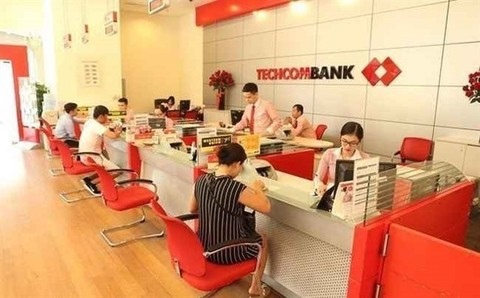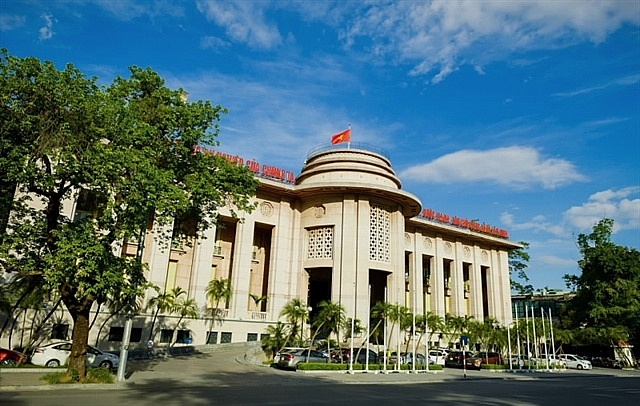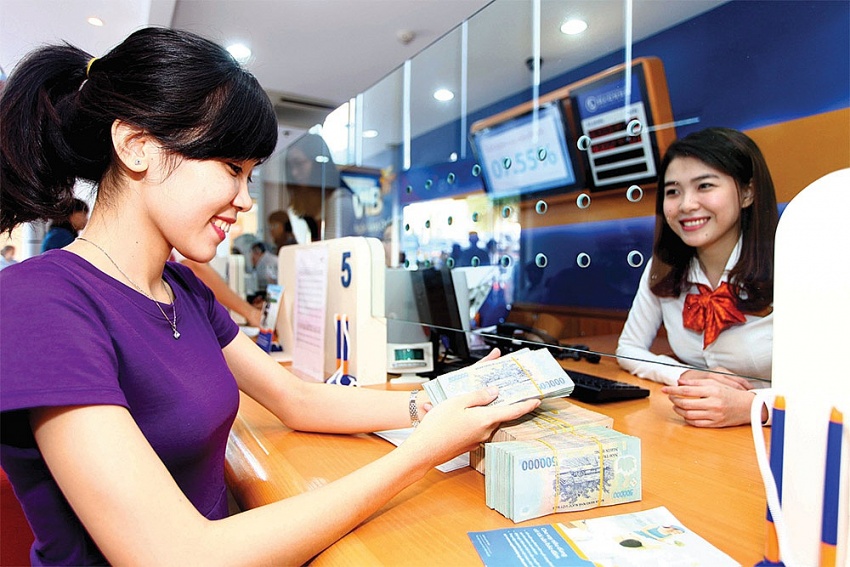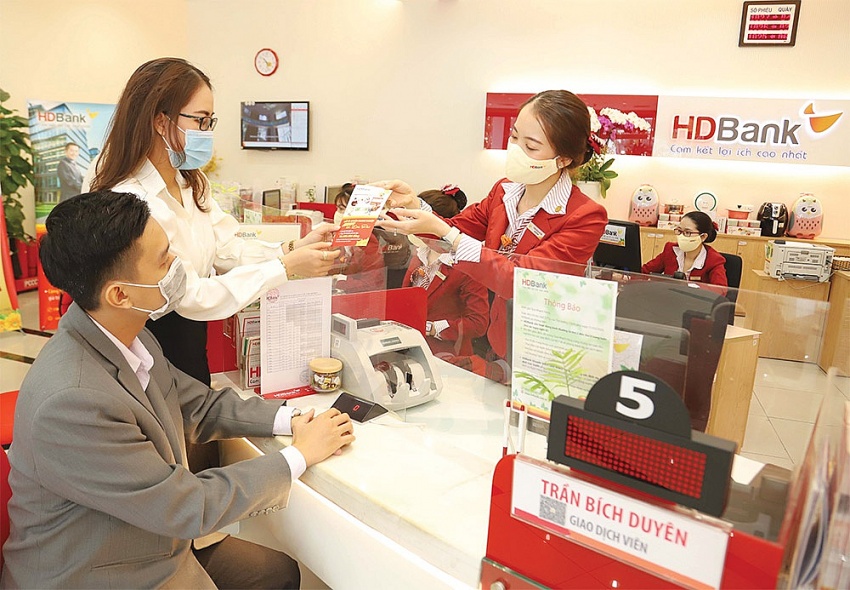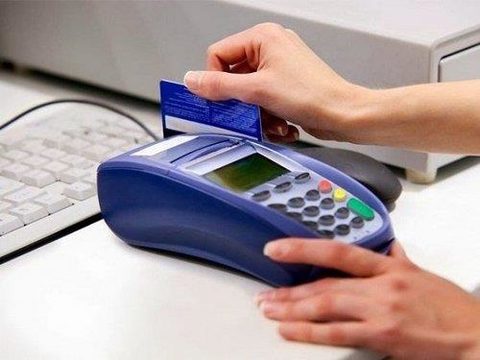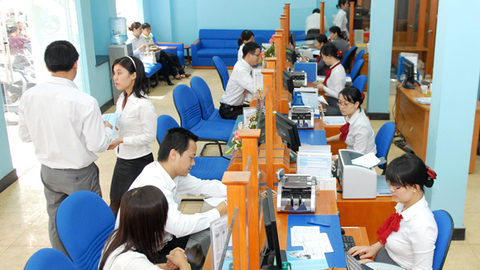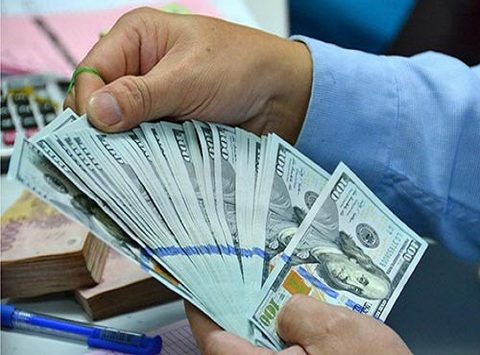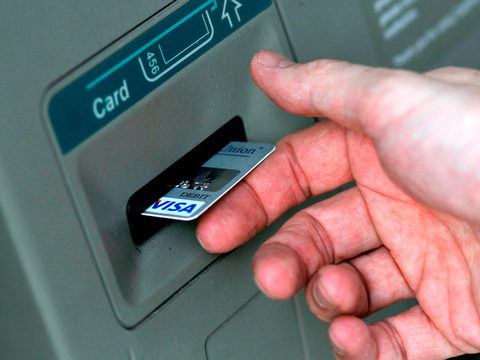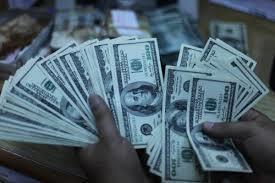Moody’s: outlook for Viet Nam’s banks stable
Moody’s: outlook for Viet Nam’s banks stable
Moody’s has forecast that the Vietnamese banking system will remain stable in the next 12-18 months, reflecting its expectation that the country’s macroeconomic stability will support the banks’ weak credit profiles.
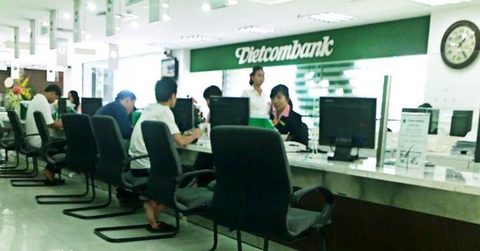
In a report titled “Banking system outlook -- Viet Nam: Resilient economic growth drives stable outlook”, released on December 1, Moody’s analyst Daphne Cheng said: “The banks’ balance sheet buffers are weak because of the of their legacy problem assets. But while legacy loan levels remain elevated, transparency in relation to such problem assets has improved. Moreover, Viet Nam’s rapid economic growth will improve the recovery prospects of the banks’ legacy problem assets and stabilise asset risks.”
According to the ratings agency, its forecast of the stable outlook (B1 stable) is based on its assessment of five drivers: operating environment (stable); asset quality and capital (stable/deteriorating); funding and liquidity (stable); profitability and efficiency (stable); and systemic support (stable).
Under operating environment, Moody’s expects Viet Nam’s economy to show resilient growth, supported by robust exports and foreign investment. The real GDP growth will remain strong, and Moody’s forecasts a growth of 6.1 per cent in 2016 and 6.0 per cent in 2017. Stable inflation and interest rates will support domestic demand and household consumption.
With regard to asset quality and capital, Moody’s believes that asset quality will remain stable but weak, while capital buffers will continue to deteriorate because of high loan growth. According to the agency, the banks’ high credit growth is outpacing internal capital generation and sources of external capital are limited.
Moody’s estimates a problem loan ratio of 3.8 per cent for rated banks, based on non-performing loans classified in categories 3 to 5 under Viet Nam Accounting Standards (VAS), plus special mention loans classified in category 2 under VAS. However, including the gross value of assets sold to the Viet Nam Asset Management Company raises the problem assets ratio to 7.1 per cent as on June 30, 2016, from 6.9 per cent in end 2015.
As for funding and liquidity, system liquidity is tightening moderately as rapid lending growth is not matched by deposit growth. Moody’s-rated banks reported an average loan to deposit ratio of 81 per cent as of June 30, 2016, up from 79 per cent in end 2015.
However, low inflation and the Government’s de-dollarisation policy support a stable environment for the funding of local currency deposits. At the end of 2015, market funds financed 19 per cent of assets, down from 23 per cent in 2012. Lower levels of inter-bank funding have also decreased the risk of contagion.
According to Moody’s, profitability will remain stable but low as credit costs offset higher pre-provision income. Net interest margins should show a slight compression because of the high level of competition in the banking system.
Although loan growth has shifted to the higher-yielding consumer and small- and medium- enterprise segments, deposit rates have increased. Bottom-line profitability will remain stable because higher pre-provision income will be offset by elevated credit costs.
On Government support, Moody’s predictions are unchanged. It assumes that systemic support will be forthcoming for State and private banks, in case of need. The Government’s capacity for capital injection to banks is limited, and support will mainly be in the form of liquidity assistance and regulatory forbearance.
Moody’s rated 14 banks in Viet Nam, which together accounted for 56 per cent of the banking system assets on June 30, 2016. Three of the 14 banks — JSC Bank for Investment and Development of Vietnam (BIDV; B1 local-currency deposit rating, stable), JSC Bank for Foreign Trade of Vietnam (Vietcombank; B1 local-currency deposit rating, stable) and Vietnam Joint Stock Commercial Bank for Industry and Trade (Vietinbank; B1 local-currency deposit rating, stable) — are government controlled, while the other 11 are privately owned joint-stock banks.
The ratings agency has maintained a stable outlook for Viet Nam’s banking system since December 2014.


